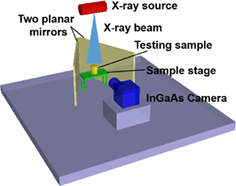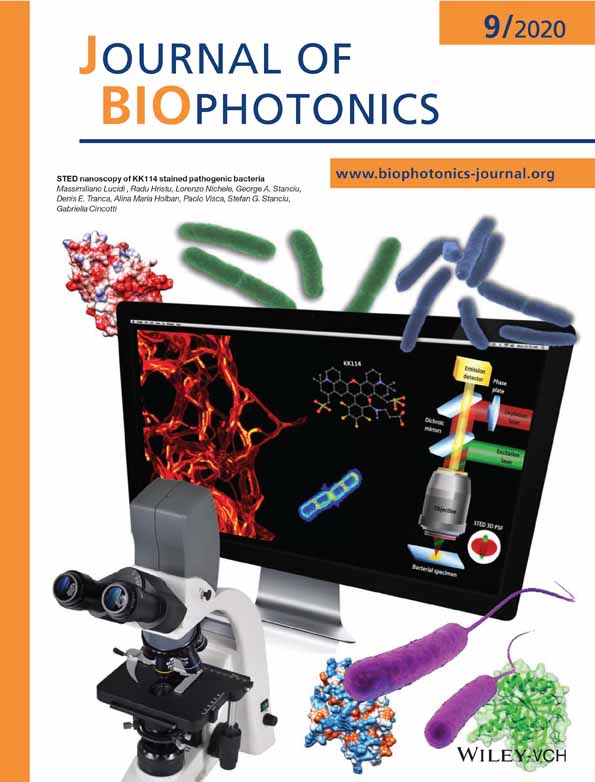High-speed X-ray-induced luminescence computed tomography
Funding information: American Association of Physicists in Medicine, Grant/Award Number: Research Seed Grant; National Cancer Institute, NIH, Grant/Award Number: 1R01CA223667; 1R01CA227713
Abstract
X-ray-induced luminescence computed tomography (XLCT) is an emerging molecular imaging. Challenges in improving spatial resolution and reducing the scan time in a whole-body field of view (FOV) still remain for practical in vivo applications. In this study, we present a novel XLCT technique capable of obtaining three-dimensional (3D) images from a single snapshot. Specifically, a customed two-planar-mirror component is integrated into a cone beam XLCT imaging system to obtain multiple optical views of an object simultaneously. Furthermore, a compressive sensing based algorithm is adopted to improve the efficiency of 3D XLCT image reconstruction. Numerical simulations and experiments were conducted to validate the single snapshot X-ray-induced luminescence computed tomography (SS-XLCT). The results show that the 3D distribution of the nanophosphor targets can be visualized much faster than conventional cone beam XLCT imaging method that was used in our comparisons while maintaining comparable spatial resolution as in conventional XLCT imaging. SS-XLCT has the potential to harness the power of XLCT for rapid whole-body in vivo molecular imaging of small animals.




